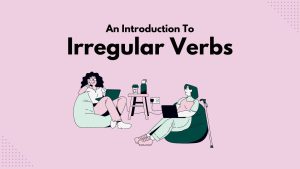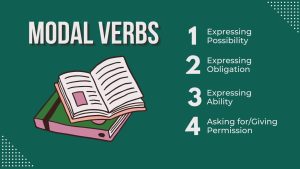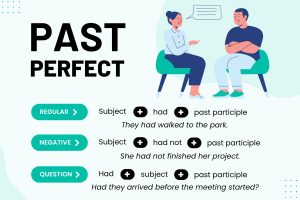Simple Past Tense Verbs
The simple past tense transports us back to events that have already occurred. An example is, “I visited my grandparents last weekend.”

The simple past tense transports us back to events that have already occurred. An example is, “I visited my grandparents last weekend.”

The present simple tense talks about habits, facts, or routines. For example, “I eat breakfast every day.” is an example of present simple.

The imperative verb tense is like the boss of the verb world. They tell us to do things. For example, “Listen!” or “Sit down.”

The simple future tense helps us talk about things that haven’t happened yet, but will soon. For example, “I will go to the store tomorrow.”

Learn the verb “to be” and how to use it. Plus, you can learn about its structure in affirmative, negative, and interrogative forms.

Present continuous verbs are all about actions happening right now. They show what someone or something is doing at this moment.

Perfect verbs show actions that are finished, like “I have eaten”. To use the perfect tense, we need the past participle of a verb.

Irregular verbs don’t follow the usual rules for changing tense. Irregular verbs are unique and often require memorizing like “go” is “went”.

Modal verbs are special verbs that add meaning to the main verb in a sentence. They show possibility, ability, permission, or obligation.

The past perfect tense talks about actions completed before another past moment. It helps understand the sequence of past events.